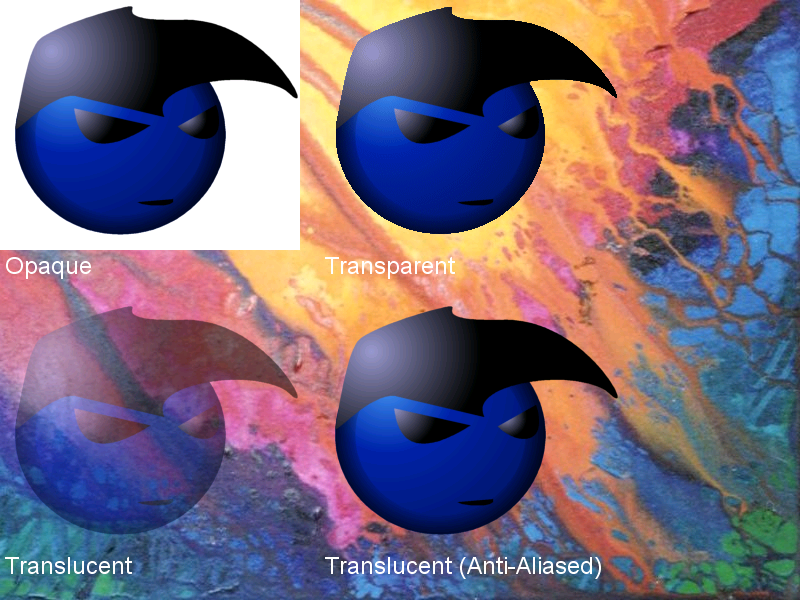Reading a gif image with ImageIO.read and display it on screen

/*
This program is a part of the companion code for Core Java 8th ed.
(http://horstmann.com/corejava)
This program is free software: you can redistribute it and/or modify
it under the terms of the GNU General Public License as published by
the Free Software Foundation, either version 3 of the License, or
(at your option) any later version.
This program is distributed in the hope that it will be useful,
but WITHOUT ANY WARRANTY; without even the implied warranty of
MERCHANTABILITY or FITNESS FOR A PARTICULAR PURPOSE. See the
GNU General Public License for more details.
You should have received a copy of the GNU General Public License
along with this program. If not, see <http://www.gnu.org/licenses/>.
*/
import java.awt.EventQueue;
import java.awt.Graphics;
import java.awt.Image;
import java.io.File;
import java.io.IOException;
import javax.imageio.ImageIO;
import javax.swing.JComponent;
import javax.swing.JFrame;
/**
* @version 1.33 2007-04-14
* @author Cay Horstmann
*/
public class ImageTest
{
public static void main(String[] args)
{
EventQueue.invokeLater(new Runnable()
{
public void run()
{
ImageFrame frame = new ImageFrame();
frame.setDefaultCloseOperation(JFrame.EXIT_ON_CLOSE);
frame.setVisible(true);
}
});
}
}
/**
* A frame with an image component
*/
class ImageFrame extends JFrame
{
public ImageFrame()
{
setTitle("ImageTest");
setSize(DEFAULT_WIDTH, DEFAULT_HEIGHT);
// add component to frame
ImageComponent component = new ImageComponent();
add(component);
}
public static final int DEFAULT_WIDTH = 300;
public static final int DEFAULT_HEIGHT = 200;
}
/**
* A component that displays a tiled image
*/
class ImageComponent extends JComponent
{
public ImageComponent()
{
// acquire the image
try
{
image = ImageIO.read(new File("blue-ball.gif"));
}
catch (IOException e)
{
e.printStackTrace();
}
}
public void paintComponent(Graphics g)
{
if (image == null) return;
int imageWidth = image.getWidth(this);
int imageHeight = image.getHeight(this);
// draw the image in the upper-left corner
g.drawImage(image, 0, 0, null);
// tile the image across the component
for (int i = 0; i * imageWidth <= getWidth(); i++)
for (int j = 0; j * imageHeight <= getHeight(); j++)
if (i + j > 0) g.copyArea(0, 0, imageWidth, imageHeight, i * imageWidth, j
* imageHeight);
}
private Image image;
}
Related examples in the same category